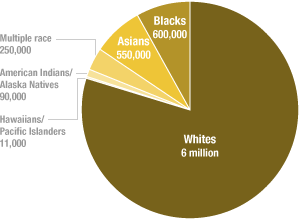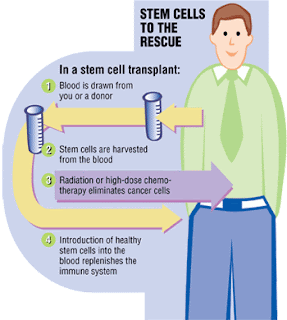Dealing with Loss, and Survivor’s Guilt
diagnosed with leukemia, on the same day, at the same hospital. They underwent
painful, grueling treatment together. They spent the hardest
times of their young lives with each-other…
tragic…
while trying to get them to be happy, despite what could be a long, hard battle).
his eyes on the eve of his discharge from hospital.
Hope that he could, and almost would be normal again.
the last time I saw him…
this?
that I was told, that I was going through depression.
HARD to even break the pattern of doing nothing and not caring.
seemed so meaningless, so unfair, after all this.
to somebody about it.
took…
remained.
How could I get over the loss?
took my own advice.
me to be happy. To do him proud.
shouldn’t I do that instead?
Frank’s death.
And then stolen it from him…
friend.
from M.A.S.H.
number 1 of war [or medicine, or life], young men die.
Rule
number 2, doctors [, no-one] can’t change rule number 1.”
He reminded me that no-one can live
forever, that no-one always wins in life.
That when we lose someone or
something we care about, we will miss them.
That his personality. His spirit. His impact on this world… Still lived on, beyond
past his time, by how he’d changed those around him. By how his amazing family
gathered around to help each-other. By how he could laugh in the face of much
pain…
That we can either dwell on the past
and close ourselves off to others and to opportunities…
mistakes we’ve made on our journey with someone or to something, and use that
to not only get over our loss, but also to improve
ourselves.
I hope my experience with Frank can help you see your way around your losses.
But after a while, YOU have the choice on how to remember them. So LEARN from those you’ve lost. Let their time on this Earth, let their qualities, their words, their philosophies, or their tragedy, inspire you to be a better person.
They live through you if they’ve taught you how to live.
Always remember that.
****
I’m only human… people live and die, and no doctor or scientist, can change that.
recovering) and when I become a doctor, that I don’t blame myself for deaths or misfortune I could not prevent.
amongst doctors, despite their better knowledge, for a reason…
will still connect with my patients, I will ALWAYS try my best to help them in
their times of need.
will talk to someone.
move on.
happen straight away, it will take time. But talk to someone about it, and ask yourself what they would want for you – I guarantee it would be for you to keep being you.
isn’t actually my friend’s name. It’s just a name I made up to protect his, and
his family’s, confidentiality.










